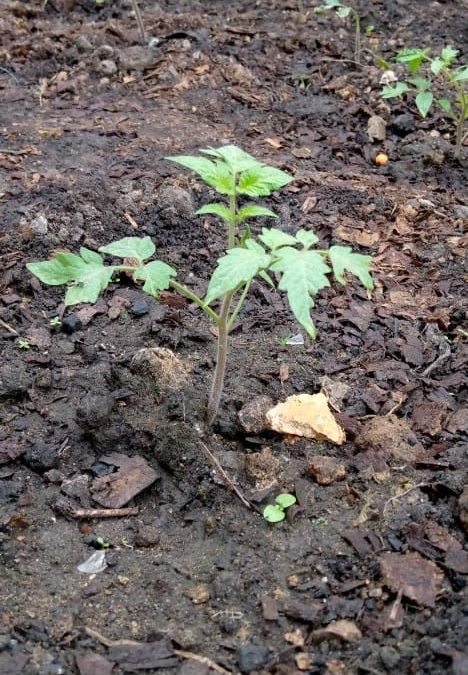Soil sampling is how you get to best understand and utilize your soil. In other words, it helps a grower make informed decisions. The data you get from a soil sample can easily help you get a bountiful harvest as you get to understand what nutrients and minerals your soil has and what it lacks.
Make sure you visit your nearest soil laboratory beforehand to get necessary knowledge regarding soil sampling and requirements for collecting soil samples.
The soil must represent the area being sampled so the more the samples the better the chance of accuracy of the sampling results. Fields with similar practices undertaken, appearances and production can be grouped in one sampling unit.
A soil sample comprises of smaller samples called cores. It is recommended that you take one sample for every two hectares of land. Collecting of the soil is done with 15 to 20 different core samples for every unit that you place in one bucket. As for areas in the field where the soil varies, the rest of the field can be sampled separately.
Most researchers recommend a 6 to 8 inch depth for common soil samples. Ensure the soil sampling is done in the presence of the owner or someone who understands the farm well. The depth of the sample you take varies with different crops grown. Proper labeling cannot be emphasized enough, with information such as the crop intended to be grown, the crop currently and previously grown, date of sample collection, name of farmer and sampler among others. Finally, the sample is to be sent to a laboratory. Charges vary from lab to lab and depending on the tests required.
Period for collecting soil samples.
After harvest is the best time to collect soil samples. During this period there is enough time to cater to soil needs before planting again. Anna Hess and Mark Hamilton, through their blog, advice that the best time for soil sampling is when you need data on your soil. However, it is best to conduct soil when soil isn’t overly wet.

Another great time to sample is before introducing an animal that will be depending on pasture grown on that soil. This means that for pasture fields it is also important to do soil sampling, a deficiency in soil nutrients, results in deficiency in the pasture, and eventually a deficiency of the same minerals in the animal.
Soil sampling is also necessary when crops don’t successfully grow on the soil.
If you just added manure or fertilizer on your soil, wait at least 6 months before doing a soil sample so as to get accurate results.
According to the Readers of in-Furrow Technology The data that the grower receives from the lab can be categorized in five groups. They are: Organic matter, soil PH (which can greatly affect the availability of nutrients in soil), the cation exchange capacity, this is the ability of soil to hold cationic nutrients. However, this can also be used to show the soil texture. Another category is the nitrate (N), which shows the nitrogen needs of the soil and the extractable macro and micro nutrients. This shows nutrients available and offers a guide on nutrients to be applied for better crop health.
This process is continuous whereby you continually monitor soil fertility and every 2 to 3 years it is advised to have your soil tested.

